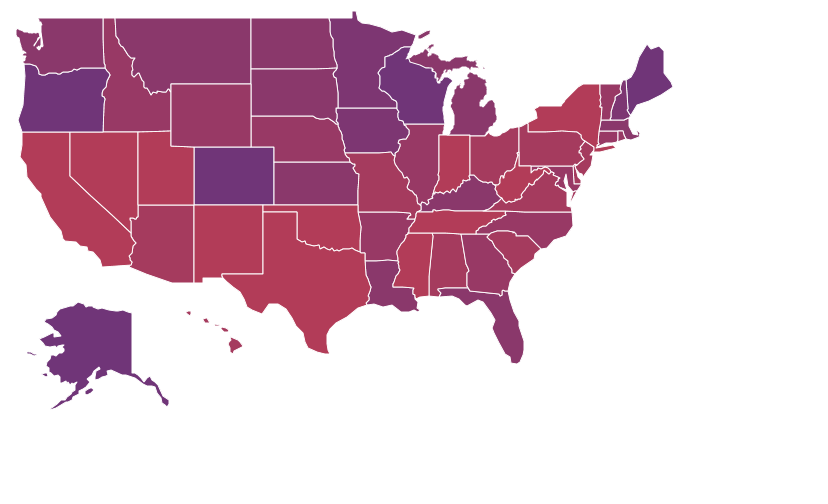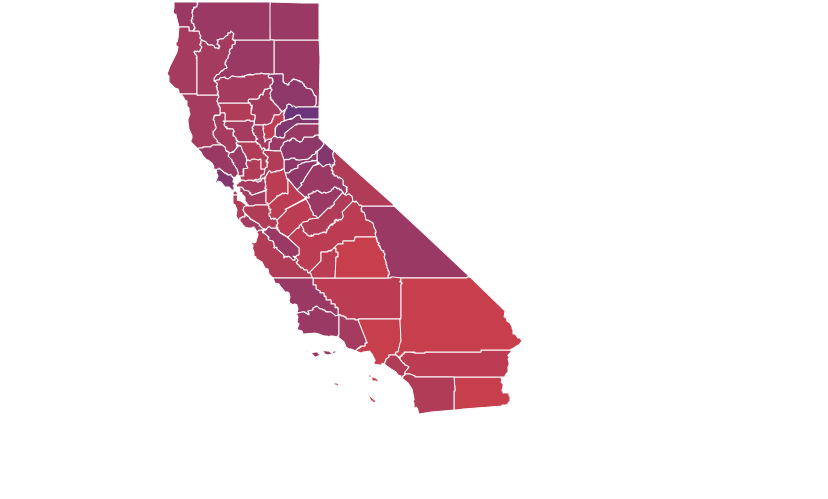By Walter Sorochan - Registered voter
Posted August 22, 2018; updated August 24 . Disclaimer
 This
article is more than reminding you to vote in this mid-year 2018 and 2020
presidential elections.
You need to
vote for candidates who speak the truth, have integrity and will work for you
and America. And you need to
recruit others to vote and help to bring about change in the government.
This
article is more than reminding you to vote in this mid-year 2018 and 2020
presidential elections.
You need to
vote for candidates who speak the truth, have integrity and will work for you
and America. And you need to
recruit others to vote and help to bring about change in the government.
You become eligible to vote when you are 18 years old but earn the right to vote when you become an informed citizen in each election.
Voting is not a right, it is a privilege. But privilege is tied to responsibility of being informed about all issues that make for a working democracy. Democracy is based on having informed citizens who participate. Well, our American democratic government has sputtered for the past 30 years. One reason for this could be attributed to the few electing a minority government .... a government of people who did not vote and who let a minority government rule over them. A democracy is only as strong as its weakest link, the non-voter.
The voting system is not always perfect but it is the best that we have. And having a negative attitude that voting is rigged, unfair or not believing in politics or that the government is dysfunctional does not make it an excuse not to vote. All of us have to try to be the best that we can be with the opportunities at hand. And yes, we do have an opportunity to change the government by voting.
We have a critical mid-term election coming up on November 6 to vote about congressional and senate candidates in 2018 and again to vote for a president in 2020. You may be voting on mid-term November 6, 2018 but according to statistics, as many as 60 % do not vote. And therein lies the problem. For the past 30 years we have been electing a minority government with about 40 -50 % of eligible voters casting ballots. It is those who do not vote that lose the election for all of us.
It is not enough that you vote. We need to get the non-voters to vote. It is up to you to take responsibility to recruit the non-voters to polling booths. It is those who do not vote that lose elections for all of us!
Here is what you must do to encourage your friends, neighbors and relatives to vote:
-
 1. First of all, find out if they have registered to vote in their local precinct. If they are not registered, then get them to register.
They need to register Online or Postmark by October 22, 2018 or they can “conditionally” register and vote at
their county elections office after the 15-day voter registration deadline. This is a must and needs to be done as soon as possible before election day!
Those who have not registered to vote have about one month time to do so.
1. First of all, find out if they have registered to vote in their local precinct. If they are not registered, then get them to register.
They need to register Online or Postmark by October 22, 2018 or they can “conditionally” register and vote at
their county elections office after the 15-day voter registration deadline. This is a must and needs to be done as soon as possible before election day!
Those who have not registered to vote have about one month time to do so. - 2. Find out if non-voters are informed about the congressional candidates running in their area. The most important information essential for voting on November 6 mid-term election is information about all candidates. Provide information about all congressional candidates running in their local area. Local issues are of secondary importance. For a democracy to work, people and especially voters need to be informed.
- 3. Get non-voters informed about all the candidates and issues. Show them that you are involved in voting, you care about voting for a good candidate who is honest, speaks the truth, has integrity and not necessarily for a political party; although caring about national and local issues would help.
- 4. You should focus on candidates running for congress in your district and not political party affiliation. Get your potential voters to attend at least one candidate rally.
- 5. Who to vote for? Do you vote for a party candidate, the political party or the best candidate? Discussions about which candidate to vote for would probably be the best approach and not focusing on the political party affiliation. Remember that who who someone votes for is her/his private business!
- 6. On November 6, get them to their nearest polling station to vote. Drive them if needed but get them to vote at any time of the day convenient to them. Let your non-voter friend or relative vote for a candidate of their choice, but vote. Each vote makes a difference. Give the voter recognition by rewarding an election sticker label “I voted”.
-
 7.
At the end of election day, celebrate with
voted others. Celebration may be the only motivation that gets a non-voter to vote. Give all voters recognition as citizens and instill pride that we all voted.
7.
At the end of election day, celebrate with
voted others. Celebration may be the only motivation that gets a non-voter to vote. Give all voters recognition as citizens and instill pride that we all voted.
You need to become a good samaritan and help others to become excited about becoming informed, voting and bringing about change. Consider functioning as loco parentis, Latin for "in the place of a parent" refers to the legal responsibility of a person or organization to take on some of the functions and responsibilities of a parent. You need to take charge of those who are less fortunate that you. You need to lead!
The rest of the information below provides information about election turnout in United States. You can also find out how people voted in each state. This is background information that can be used to motivate people in your state to vote.
To find out how people in United States voted, state by state, in 2014: [Click on map]
Just 36.4 percent of the voting-eligible population cast ballots in the general 2014 congressional mid-term. [Check the map above for your state.]
General election voter turnout was the lowest it's been in any election cycle since World War II, continuing a steady decline in midterm voter participation that has spanned several decades. The results are dismal, but not surprising -- participation has been dropping since the 1964 election, when voter turnout was at nearly 49 percent. [DeReal] Voter turnout in the United States is incredibly low compared to other modern democracies. [ Brookshire 2016 ]
Only about 64% of the U.S. voting-age population were registered in 2016, according to the Census Bureau report. [DeSilver 2018] Although registered to vote, at best, only about 50 % of Americans voted. No matter how they’re measured, U.S. turnout rates have been fairly consistent over the past several decades, despite some election-to-election variation.
What affects voter turnout?
 According to Fairvote,
the following affect voter turnout: electoral competitiveness, election type, voting laws, demographics.
Voters tend to be older, wealthier, more educated and whiter than non-voters. In 2012, turnout rates among eligible white and black voters was 64.1% and 66.2%, respectively, while it was only 48.0% and 47.3% among Latino and Asian American voters respectively. Women's voter turnout has surpassed men's in every presidential election since 1980. Wealthy Americans vote at much higher rates than those of lower socio-economic status. During the 2008 presidential election, only 41% of eligible voters making less than $15,000 a year voted, compared to 78% of those making $150,000 a year or more.
[Fairvote 2018]
According to Fairvote,
the following affect voter turnout: electoral competitiveness, election type, voting laws, demographics.
Voters tend to be older, wealthier, more educated and whiter than non-voters. In 2012, turnout rates among eligible white and black voters was 64.1% and 66.2%, respectively, while it was only 48.0% and 47.3% among Latino and Asian American voters respectively. Women's voter turnout has surpassed men's in every presidential election since 1980. Wealthy Americans vote at much higher rates than those of lower socio-economic status. During the 2008 presidential election, only 41% of eligible voters making less than $15,000 a year voted, compared to 78% of those making $150,000 a year or more.
[Fairvote 2018]
The chart on the right summarizes the excuses for not voting.
Americans vote but not always. Compared with Americans who regularly cast ballots, non-voters are less engaged in politics. They are more likely to be bored with the political process and admit they often do not know enough about candidates to cast ballots. They are the intermittent voters: Americans who are registered to vote but do not always make it to the polls. They differ significantly from those who vote regularly. For one thing, they’re less likely to be married than are regular voters. Intermittent voters also are more mistrustful of people compared with those who vote regularly. They also are less angry. [Pew Res Ctr, 2006]
Now you, the voter recruiter, have good information about your non-voters.
California voting history 2000 – 2018: [Padilla, California Secretary of State 2018] [Click on map]
References:
Brookshire Bethany, “Why people don’t vote, and what to do about it,” Science News, November 04, 2016. https://www.sciencenews.org/blog/scicurious/why-people-dont-vote-and-what-do-about-it
DelReal Jose A., "Voter turnout in 2014 was the lowest since WWII," The Washington Post, November 10, 2014. https://www.washingtonpost.com/news/post-politics/wp/2014/11/10/voter-turnout-in-2014-was-the-lowest-since-wwii/?noredirect=on&utm_term=.fee89858c159
DeSilver Drew, “U.S. trails most countries in voter turnout,” Pew Research Center, May 21, 2018. http://www.pewresearch.org/fact-tank/2018/05/21/u-s-voter-turnout-trails-most-developed-countries/
Fairvote, “What Affects Voter Turnout Rates,” 2018. http://www.fairvote.org/what_affects_voter_turnout_rates
Padilla Alex, “Statewide direct primary election – statement of the vote, June 5, 2018.” California Secretary of State http://www.sos.ca.gov/elections/prior-elections/statewide-election-results/statewide-direct-primary-june-5-2018/statement-vote/
Pew Research Center, “Who votes, who doesn’t, and why,” Pew Research Center, October 18, 2006. http://www.people-press.org/2006/10/18/who-votes-who-doesnt-and-why/

